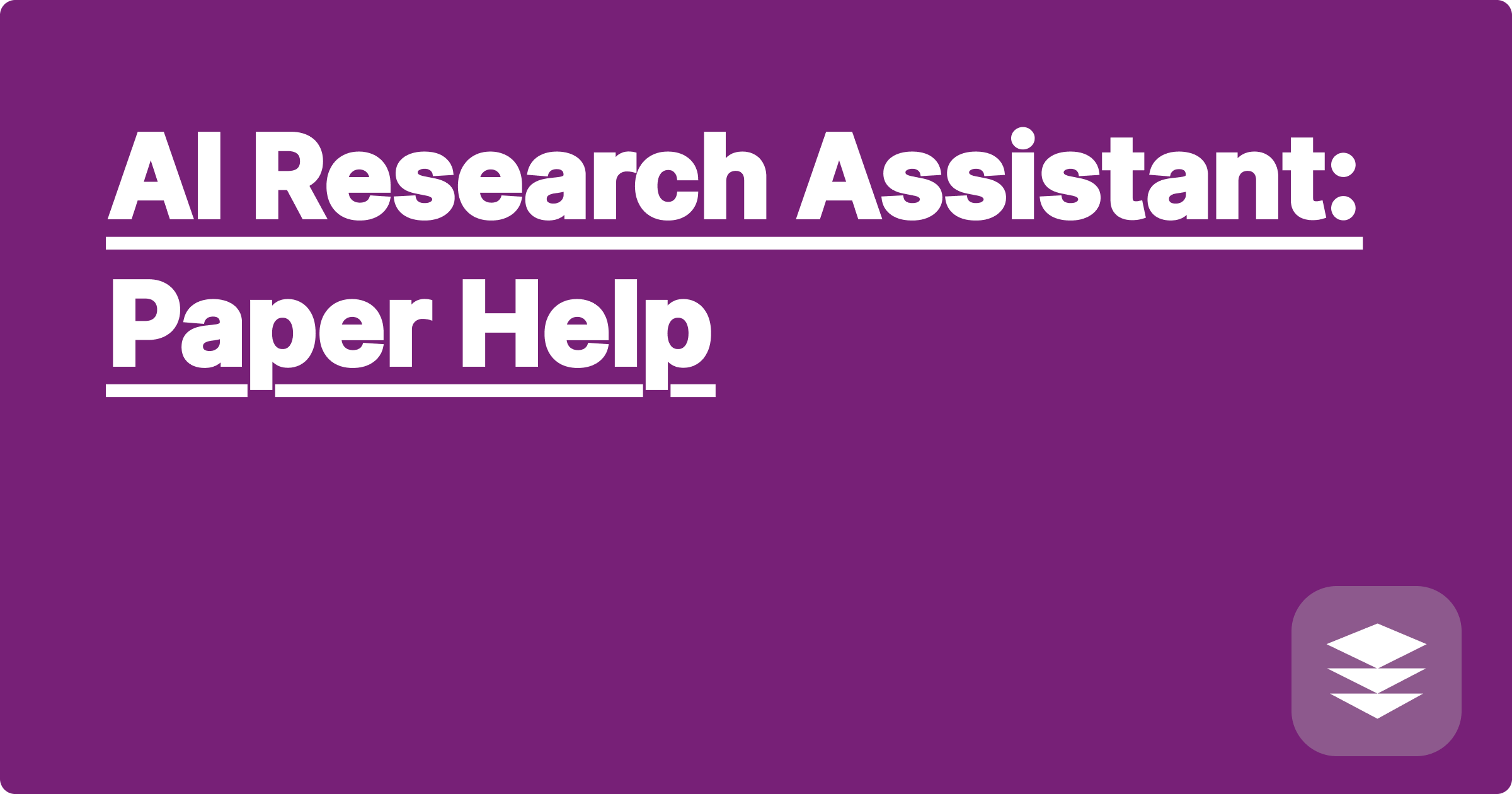
The demanding world of STEM education and research often leaves students and researchers feeling overwhelmed. Juggling complex concepts, demanding coursework, and extensive research projects can be a constant struggle. Imagine a world where you could access a personalized research assistant, capable of sifting through mountains of data, summarizing key concepts, and even helping you formulate research questions. This isn't science fiction; it's the reality of AI-powered research assistance. AI tools are revolutionizing the way STEM students and researchers approach their work, offering a quantum leap in efficiency and productivity. For high-achieving STEM students, particularly those aiming for a GPA of 3.5 or higher, mastering these AI tools is no longer a luxury, but a necessity for staying ahead of the curve.
This blog post delves into the practical application of AI tools, specifically Generative Pre-trained AI (GPAI), to empower STEM students and researchers in their academic pursuits. We'll explore how these tools can streamline your workflow, enhance your understanding, and ultimately boost your academic performance. From tackling challenging exams to conducting groundbreaking research, AI is your secret weapon for achieving quantum leaps in your STEM journey. We'll focus on practical examples and actionable strategies, offering clear guidance on how to integrate these powerful tools into your daily academic life. Think of this as advice from a friendly, experienced STEM mentor, sharing insider tips to help you excel.
STEM fields are characterized by vast and ever-expanding bodies of knowledge. Staying up-to-date with the latest research, understanding complex theories, and effectively applying this knowledge to exams and research projects can be incredibly time-consuming. Traditional study methods often involve hours of reading, note-taking, and problem-solving, which can be inefficient and overwhelming. Moreover, analyzing large datasets, a common task in many STEM disciplines, can be a laborious and error-prone process. Researchers often spend significant time cleaning, processing, and interpreting data, which can delay progress and hinder discovery. This is where AI comes in, offering a powerful solution to these challenges.
AI tools, particularly GPAI models like ChatGPT and specialized scientific language models like SciBERT, can significantly streamline the learning and research process. ChatGPT can be used to quickly summarize complex research papers, generate practice questions for exam preparation, and even help brainstorm research ideas. SciBERT, trained on a massive corpus of scientific literature, can be used for more specialized tasks, such as literature reviews, identifying relevant research papers, and even assisting with the writing process. Wolfram Alpha, a computational knowledge engine, excels at solving complex mathematical problems, performing symbolic computations, and providing data visualizations. These tools, when used strategically, can act as your personalized research assistant, providing on-demand support and boosting your productivity.
Let's say you're preparing for an exam on quantum mechanics. First, you can use ChatGPT to summarize key concepts from your textbook or lecture notes. Then, you can ask it to generate practice questions, testing your understanding of these concepts. For more in-depth analysis, you can use SciBERT to explore relevant research papers and identify areas where you need further study. If you encounter a complex mathematical problem, Wolfram Alpha can provide step-by-step solutions and even visualize the concepts graphically. This integrated approach allows you to cover more ground in less time, focusing your efforts on understanding and application rather than rote memorization.
Consider a researcher working on a project involving protein folding. They can use a specialized AI tool like AlphaFold to predict the 3D structure of proteins, significantly accelerating the research process. This allows researchers to focus on interpreting the results and designing experiments, rather than spending countless hours on computational modeling. Another example involves a student preparing for an organic chemistry exam. They can use ChatGPT to generate practice synthesis problems and then use Wolfram Alpha to verify their solutions and explore alternative reaction pathways. These practical applications demonstrate the transformative potential of AI in STEM education and research.
To maximize your benefit from AI tools, it's essential to develop a strategic approach. First, identify your specific needs and choose the right tools for the task. Experiment with different AI models and explore their strengths and weaknesses. Don't be afraid to delve into the advanced features, such as parameter tuning and custom model training, to optimize performance. Engage with the AI community, participate in online forums, and attend workshops to stay up-to-date with the latest advancements. Remember, AI is a tool, and its effectiveness depends on how you use it. By developing a strong understanding of AI principles and techniques, you can unlock its full potential and gain a significant competitive edge in your STEM career.
Finally, embrace AI as a partner in your learning and research journey. These powerful tools can significantly enhance your productivity, deepen your understanding, and empower you to achieve your academic goals. Start exploring the world of AI today and unlock your full potential as a STEM student or researcher. Don't hesitate to experiment, ask questions, and push the boundaries of what's possible with these transformative technologies. Your future self will thank you for it.
Ace STEM: AI Study Guide Secrets
AI for Physics: Problem Solver
AI Chemistry Helper: Equation Solver
AI for Calculus: Problem Solver